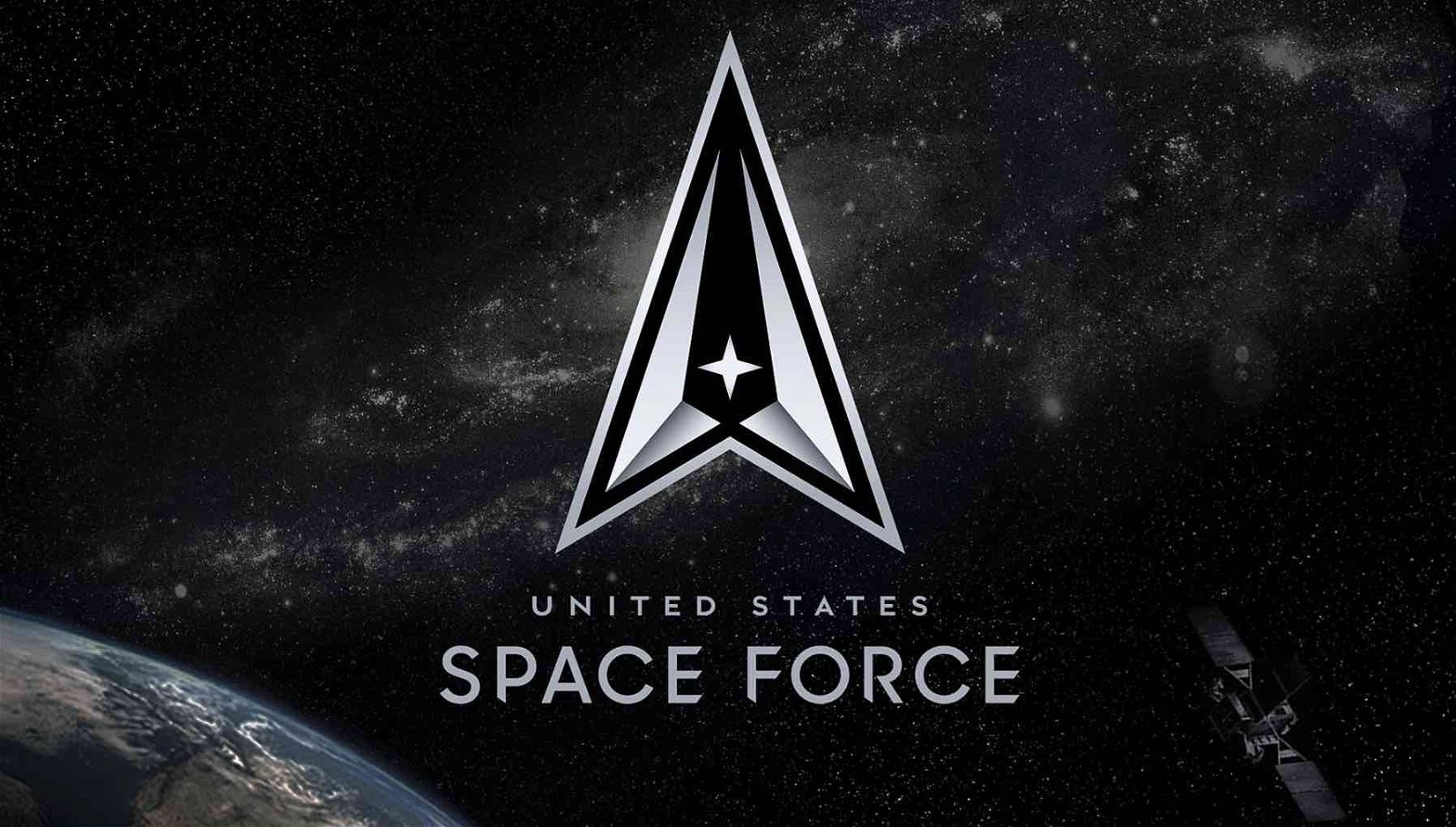The United States Space Force has tasked Microsoft Corporation with designing an advanced space simulation program to allow Guardians to train in a realistic environment without the cost of going to space.
Due to military classifications, details are sparse on whether or not the simulator will include battle simulations with adversary nations like China and Russia, something that has frustrated Space Force leadership since its inception.
When widely released, Microsoft says the system is expected to allow for rapid integration of new tools and assets to help the force “train, prepare, and enhance the mission of Guardians for current and future space-based scenarios.”
What We Know About the New Space Simulation Program Now Under Development
Space Force officials have announced that the new space simulation program, which they are calling the “Integrated, Immersive, Intelligent Environment,” or I3E, will work hand in hand with Microsoft’s HoloLens VR headset. The same headset is already in use by the U.S. military for other simulation tools with relatively high levels of success.
The program will also be built on Microsoft Azure. According to a Space Force statement, that platform currently houses a physics-based space environment & satellite simulation, space intelligence collection & scheduling, strategic orbital “wargaming,” and augmented reality space simulation.
As far as operations, the software will reportedly boast a real-time display of orbital objects, allowing users to operate in an “accurately scaled” simulation of Earth’s Low Earth Orbit. The space simulation program will also feature a dynamic, changeable environment that will allow users to insert new capabilities and space assets to see how they might affect the overall ecosystem.
“Picking up a headset and being able to visually interact with the planet and satellites and understand space more in-depth was mind-blowing,” said 1st Lt. Jordan Savage from SSC’s Information Mobility Branch after a session on the I3E space simulation program.
“Leveraging emerging game-changers like I3E enhances our ability to gain situational awareness and enable decision-makers to act at a higher velocity than our adversaries,” added Shannon Pallone, the program’s executive officer for Battle Management Command, Control and Communications, or BMC3. “Within BMC3, we are investing in a digital environment to include I3E to facilitate and expedite the development, assessment, and delivery of improved space capabilities to enhance capability integration across the USSF’s Field Commands and mission partners.”
Is Over Classification Limiting Space Force Effectiveness?
Amidst the many software applications and other services it provides, Microsoft is well known for its Microsoft Flight Simulator software first released in 1982. The immersive simulation tool is now one of the longest-running video game series of all time, with a new version planned for release later this year.
Unlike that software, the newly commissioned space environment simulator is highly classified, meaning very little about what it will actually do has been released to the general public. That situation has frustrated Space Force’s leadership, who often point out that the extreme secrecy around their branch’s assets and capabilities limits their effectiveness.
According to Space Force leadership, more transparency about their capabilities could aid their ability to appeal to the taxpayers for more funding. This situation came to a head in 2021 when then-Space Force director of staff Lt. Gen. Nina M. Armagno said that the Space Force needs to be able to show the world “what they do” after seeing much of their budget slashed.
Space Force leadership also says that this level of over-classification of capabilities limits their abilities to work with other military branches.
“I am the original classification authority for some things, and I go, ‘I want that classification changed,’” explained Chief of Space Operations Gen. B. Chance Saltzman regarding the difficulty in reducing classification. “They go, ‘Well actually, no, you can’t because it’s connected to this system, and it could reveal this.’ It’s like, ‘well, I thought I was–’ Well yeah, but it comes with parameters and guidelines, and ‘yeah, but.’”
State-of-the-Art Solutions Needed to Meet Evolving ‘Real Threats’
According to Space Force’s Space Systems Command (SSC), a preliminary version of I3E is already in use at their Los Angeles node. However, SSC leaders say the tools virtual environment will ultimately be available to all Guardians via a Virtual Desktop version, allowing them to keep pace with the rapidly changing environment of outer space.
“This modernization journey presents an opportunity to deepen our relationship as we support the U.S. Space Force in adopting state-of-the-art solutions to more rapidly meet their evolving mission needs,” said Jason Zander, executive vice president of strategic missions and technologies at Microsoft.
“The threat is real,” added Col. Richard Kniseley, II, senior materiel leader for the Commercial Space Office at SSC, “therefore, we need to expound upon every opportunity and partner with industry to allow our members to stay ahead in this rapidly evolving environment.”
Christopher Plain is a Science Fiction and Fantasy novelist and Head Science Writer at The Debrief. Follow and connect with him on X, learn about his books at plainfiction.com, or email him directly at christopher@thedebrief.org.

